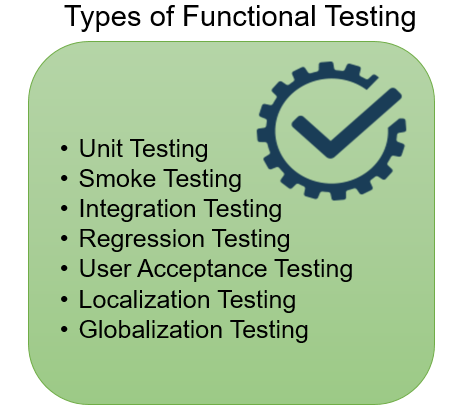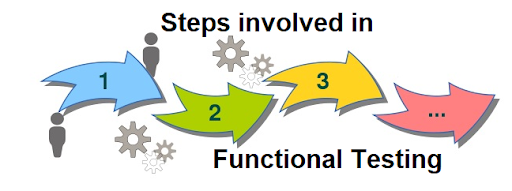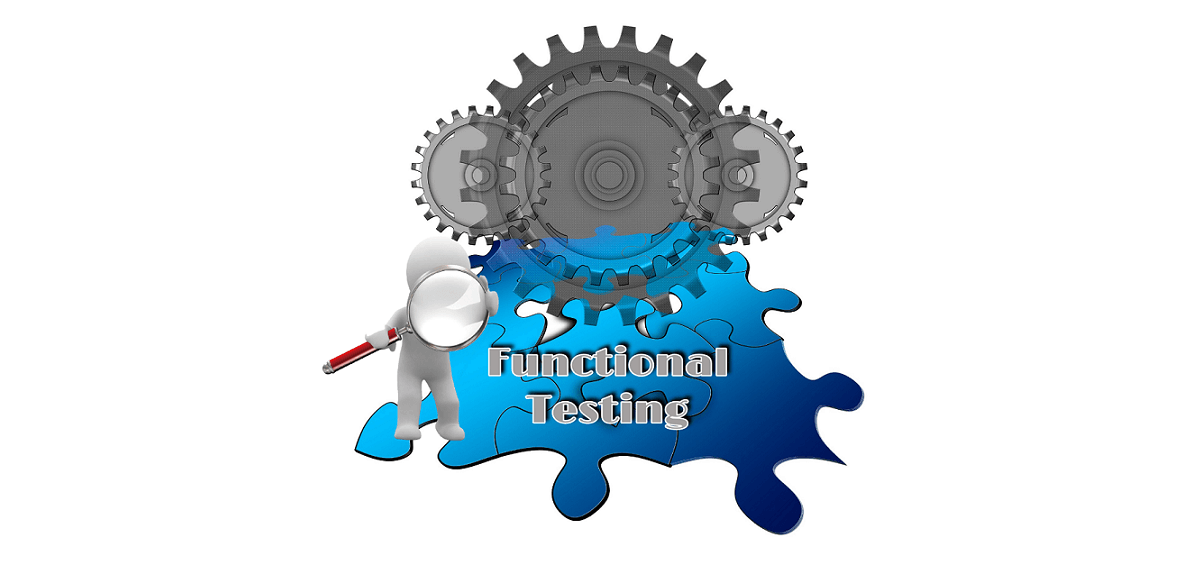Accelerate Success with AI-Powered Test Automation – Smarter, Faster, Flawless
Start free trialAmong the various types of testing that can be carried out today the overwhelming majority are focused in an area called Functional testing. At its core, functional testing is a reliable, repeatable method to validate that a piece of software continues to carry out certain documented functions. Functional testing has been propelled to the forefront of testing due to a sub-technique called Automation testing.
At the same time, software applications usage has continued to grow across all major fields like business, education, defense, research, medicine, energy, utilities, etc. The list is long. Software systems are evolving to become more sophisticated to handle more complex functionalities. Faulty software can cause minor inconveniences like browser incompatibility for websites or they can cause major catastrophes like losing a spacecraft, causing pipeline explosions, or banking failures and impacting economies. That’s why rigorous procedures have to be defined to test the software before it can be released to the end user. In addition, the software is nowadays being released at far greater frequencies. A decade back it was normal to release software in production once a year whereas nowadays companies like Facebook and Google release software multiple times a day! Functional testing is a critical component in ensuring that software works well in production environments.
Visual Summary
What is Functional Testing?
Functional Testing, also known as Specification-based testing, evaluates individual functions of a software system to verify that they adhere to pre-defined specifications. It tests the functional accuracy, interoperability of subsystems and compliance with pre-defined standards in the context of functional and business requirements.
The primary focus of this type of testing is validating the results of processing, not “how” the processing is done. It can also be termed as a form of Black Box testing.
There are two key approaches to performing this type of testing.
- Testing based on requirement specifications: This is focused on testing all possible scenarios based on requirements aligning to the functionality that the software system is expected to perform.
- Testing based on Business Scenarios: This is focused on end users’ requirements pertaining to business objectives that a software system is designed to achieve.

The primary objective of functional testing is to verify and validate the functionalities of individual subsystems and then testing the functionality of the system as a whole.
Functional Testing is applicable at any level of granularity, be it at individual module levels or overall system levels. Depending on the level of granularity and interdependence, appropriate test cases are designed.
Any software system also has certain functions or plugins that can be tested independent of other functionalities. Such features are known as Independently Testable features. Such features either take inputs from modules of software under test or provide inputs to them.

Types of Functional Testing
Functional testing is normally performed during the System and Acceptance Testing. Additionally, it may involve testing User Interface, APIs, Database and client/ server applications.

Unit Testing: Unit testing is performed to test the functionality of an individual unit, which is essentially the smallest testable component of a software system. This kind of testing requires to perform tests which would provide input parameters to a unit and validate the outputs against the specifications.
Smoke Testing: Smoke Testing is done to test the stability of a build after each release. It ensures that major critical functions of build under test are working as per the expectations. It is also referred as Build Verification testing. This testing is done before software goes for regression testing.
Integration Testing: Integration Testing is the phase where individual software units/modules are combined together and tested as a synergistic unit. The idea is to look for any interfacing issues that might crop up due to integration. The whole unit’s functioning is dependent on individual unit’s functionalities, that’s why Integration testing is done after successful unit testing of modules.
Regression Testing: Regression testing is performed to check the impact of changes made to an already functioning and tested code. It may involve complete or partial execution of functional test cases depending on the quantum of code change. This is to ensure that the functionalities are in sync with their specifications.
User Acceptance Testing: The software is tested to check the usability from an end user’s perspective in a real-world scenario. This is a key step in verifying end to end business flow in the context of the requirements specified. A software is released for UAT only when it has successfully passed functional and non-functional testing phases.
Localization Testing: Localization testing checks the functionalities are in adherence to local criteria like language settings, geographical requirements etc. Localization testing is a non-critical type of functional testing. But in some cases, it may prove important especially when it comes to customizing the language preferences.
Globalization Testing: This type of testing ensures that the software functionalities are ready for worldwide audiences. It ensures that the software does not break down when provided with different global parameters and has proper routines to provide international support.

Functional testing broadly focuses on the following aspects of a software system/subsystem under test:
- Main functioning tests: Testing functionality of the features defined in Design documents and specifications given in Business documents.
- Usability Tests: Testing the ease of use of the features.
- Error condition handling: Testing the system’s ability to handle errors and its robustness and ease of recovery.
The following steps are involved in a typical Functional testing process:

- Analyze the Software and/or Business Requirements
- Design test cases as per the requirements
- Identify test input data and prepare a sample set for the test
- Compute the expected outcomes with the selected test input values
- Execute the test cases
- Compare the test results with expected results
- Record test case success or failure
Functional testing can be executed manually, with crowdsourcing or through automation. Webomates offers 24 hours testing as a service, as well as QA tools to automate the testing process, thus saving precious man-hours.

- Functional testing is conducted in conditions close to the customer and end user environment ensuring that the software meets all the specified criteria. It provides a guarantee of what works and what does not work.
- The defects or deviations related to expected functionalities are significantly handled during this type of testing, leading to a high-quality product.
- Functional testing ensures high customer satisfaction by delivering a high-quality product encompassing the business and functional requirements.
- It addresses the functional gaps that may crop up due to changing requirements.
- Since it does not focus on the internal structure of the code segment or module, it turns out to be less expensive in terms of man-hours and resources.
- It does not factor in any critical performance criteria like response time, throughput etc.
- There are chances of missing logical errors during functional testing, especially, if an erroneous code branch is not executed at all and the functionality appears correct on face value.
- Functional testing relies heavily on requirement specification documents. In case a requirement is not clearly specified or is defined incorrectly, then it may lead to wrong results. The process of revisiting the requirements and making corrections is time-consuming.
Conclusion
Functional testing is an integral testing process in itself, but it is imperative to combine both functional and non-functional testing techniques for robust well-functioning software.

Webomates offers solutions which help companies integrate their white box testing and black box testing to run comprehensive tests within a matter of minutes and can be set up in weeks. We have optimized testing by combining our patented Selenium based Automation and Artificial Intelligence with crowdsource and manual testing. We provide peace of mind during deployment at significantly lower total costs.
If you are interested in learning more about the services offered by Webomates then please click here and schedule a demo, or reach out to us at info@webomates.com

Leave a Reply